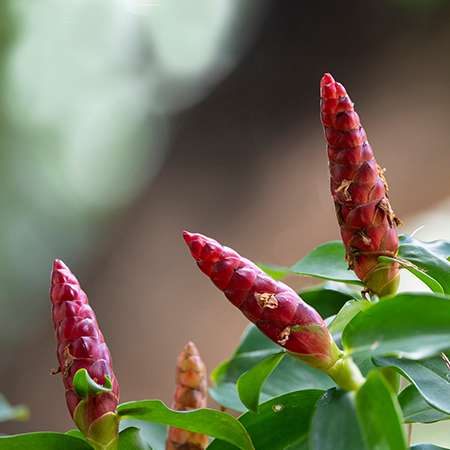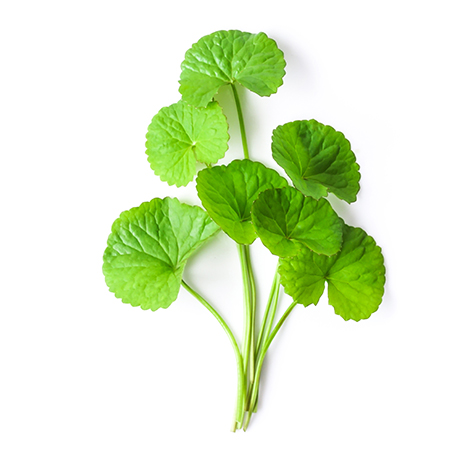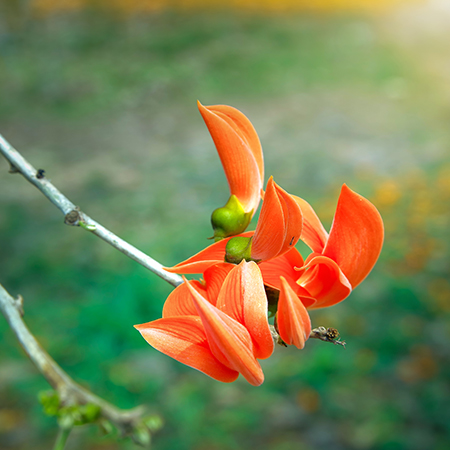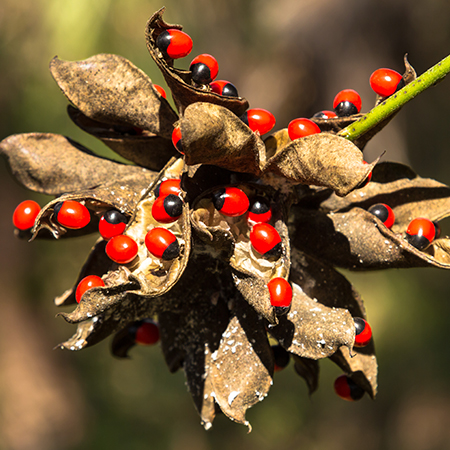-
About Us
button

Dabur India Limited is a leading Indian consumer goods company with interests in Hair Care, Oral Care, Health Care, Skin Care, Home Care and Food & Beverages.
-
Our Brands
button

Dabur presents a range of Herbal & Ayurvedic Personal Care products, created to make you look and feel good. Bringing together the gentle touch of nature and Ayurveda's wisdom .
-
Investors
button

Read our recent and archived releases, quarterly results, annual reports and financial statements. Initiatives Investor Centre.
-
Newsroom
button

Welcome to Dabur Media Centre. In this section, you’ll find our latest Press Releases arranged in a chronological order. The Press Releases have been further
-
Ayurveda & you
button

Our curated Collection of Ayurvedic knowledge for you. We at Dabur are working towards helping people lead a healthy and balanced life.
-
Sustainability
button

Dabur has been engaged in community development activities since 1994 and is committed to making a positive contribution to the communities where we source, live, work and sell our products.
-
Join Us
button

At Dabur, we are very passionate about winning and this has been engrained in DNA of the organization.
-
Support
button
- Home > Ayurveda & you > Ayurveda & Science > Ayurvedic & Medicinal Plants
Ayurveda and Science
Aloe Vera/एलोवेरा/Ghritkumari/Ghee Kunwar/Aloes
AYURVEDIC & MEDICINAL PLANTS

Aloe Vera Medicinal Uses
Its use is recommended in Ayurveda as a skin conditioner and in the treatment of non-healing ulcers, burn injuries and in treating the liver diseases like jaundice. Experimental studies on Aloe suggest its positive cosmetic value and wound healing properties. Also it was observed that internal use of Aloes evokes positive immune response in experimental animals.
The use of Aloe vera is bestowed with multifaceted benefits for skin. By virtue of these properties, it is used frequently in the skin care preprations across the globe.
Chemical Composition
It contains three pentosides mainly barbaloin, isobarbaloin and betabarbaloin.
Balances kapha and pitta.
Read more about various ailments, it's causes, symptoms, ayurvedic treatments, etc.
Know the story behind other medicinal Ayurvedic ingredients

Ketaki

Mandukaparni

Palasha

Ratti

Shirish Plant
A deciduous erect spreading tree commonly growing at road side throughout India from the plains upto 900 m in Himalaya. Bark of the tree is used for various ailments in Ayurveda.




